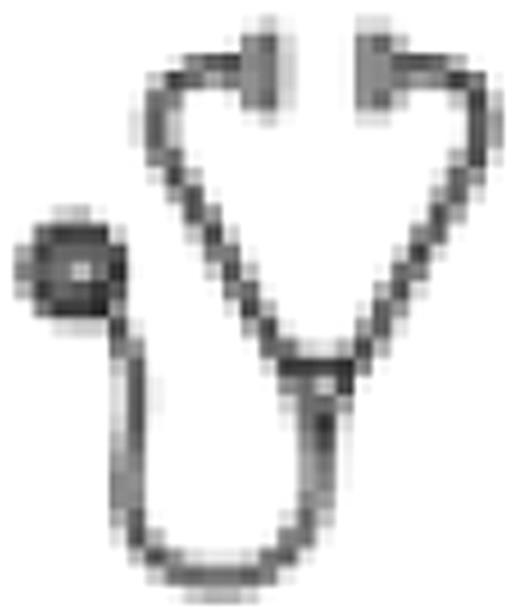Abstract
Abstract 187
New oral anticoagulants hold the promise of simple fixed-dose regimens without the need for monitoring and could make extended use more attractive. Current guidelines advise indefinite therapy in a substantial proportion of DVT patients. The Einstein-DVT study was designed to compare rivaroxaban, a direct oral factor Xa inhibitor, to enoxaparin followed by oral vitamin K antagonist (VKA) treatment in patients with acute DVT for either 3, 6, or 12 months. In Einstein-Extension, patients who had completed 6 to 12 months of anticoagulant treatment for either DVT or PE were randomized to receive rivaroxaban or placebo for an additional 6 or 12 months.
Einstein-DVT was an open label, event-driven (target 88 confirmed recurrent VTEs) non-inferiority study. Subjects with a confirmed acute symptomatic DVT without symptomatic PE were randomized to receive either oral rivaroxaban 15 mg twice-daily for 3 weeks followed by 20 mg once-daily or initial treatment with enoxaparin (1 mg/kg twice daily) followed by oral VKA treatment (warfarin or acenocoumarol, target INR 2.5, range 2.0 to 3.0). Einstein-Extension was a randomized, double-blind, event-driven (target 30 confirmed recurrent VTEs), placebo-controlled, superiority study that evaluated rivaroxaban 20 mg once-daily for an additional 6 or 12 months. The primary efficacy outcome for both studies was recurrent non-fatal or fatal symptomatic venous thromboembolism (VTE). The principal safety outcome was clinically relevant bleeding (major or clinically relevant non-major bleeding) in Einstein-DVT and major bleeding only in Einstein-Extension. All study outcomes were adjudicated by a central and blinded committee.
Einstein-DVT: the ITT-population consisted of 1,731 rivaroxaban and 1,718 enoxaparin/VKA recipients and rivaroxaban demonstrated non-inferior efficacy to enoxaparin/VKA for the primary outcome (rivaroxaban 36 events (2.1%), enoxaparin/VKA 51 events (3.0%), hazard ratio (HR), 0.68; 95% CI 0.44 –1.04, p <0.0001 for non-inferiority, 0.076 for superiority). Major and non-major clinically relevant bleeding occurred in 8.1% of subjects in both treatment groups (HR 0.97; 95% CI 0.76 –1.22, p =0.77) and major bleedings occurred in 14 (0.8%, 1 fatal) and 20 (1.2%, 5 fatal) of the rivaroxaban and enoxaparin/VKA recipients, respectively (HR 0.65; 95% CI 0.33 –1.28, p =0.21). The net clinical benefit defined as the primary efficacy outcome plus major bleeding showed a HR of 0.67 (95% CI 0.47 – 0.95; p=0.027). In the rivaroxaban group, 38 (2.2%) subjects died versus 49 (2.9%) in the enoxaparin/VKA group (HR 0.67; 95% CI 0.44 – 1.02). The time spent in the therapeutic INR range during VKA treatment was 58%. Einstein-Extension: the ITT population consisted of 602 rivaroxaban and 594 placebo subjects and rivaroxaban demonstrated superiority to placebo for the primary outcome (rivaroxaban 8 events (1.3%), placebo 42 events (7.1%), HR 0.18; 95% CI, 0.09 – 0.39; p<0.0001; number needed to treat: 15) over a mean study treatment period of approximately 6.5 months. Major bleeding did not occur in placebo subjects and was observed in 4 (0.7%, none were fatal) rivaroxaban subjects (p=0.11). Clinically relevant non-major bleeding was noted in 7 (1.2%) and 32 (5.4%) of the placebo and rivaroxaban recipients, respectively (p<0.0001). Two (0.3%) patients in the placebo group died versus 1 (0.2%) in the rivaroxaban group. Efficacy and safety results were consistent across all pre-specified subgroups in both studies.
Against a background of prolonging anticoagulant treatment for many months to years, this study indicates that oral rivaroxaban, 15 mg twice-daily for 3 weeks followed by 20 mg once-daily, could provide clinicians and patients with a simple, single-drug approach for the acute and continued treatment of DVT that potentially improves the benefit–risk profile of anticoagulation.
Buller:Bayer Schering Pharma: Consultancy, Research Funding.

This icon denotes an abstract that is clinically relevant.
Author notes
Asterisk with author names denotes non-ASH members.

This feature is available to Subscribers Only
Sign In or Create an Account Close Modal